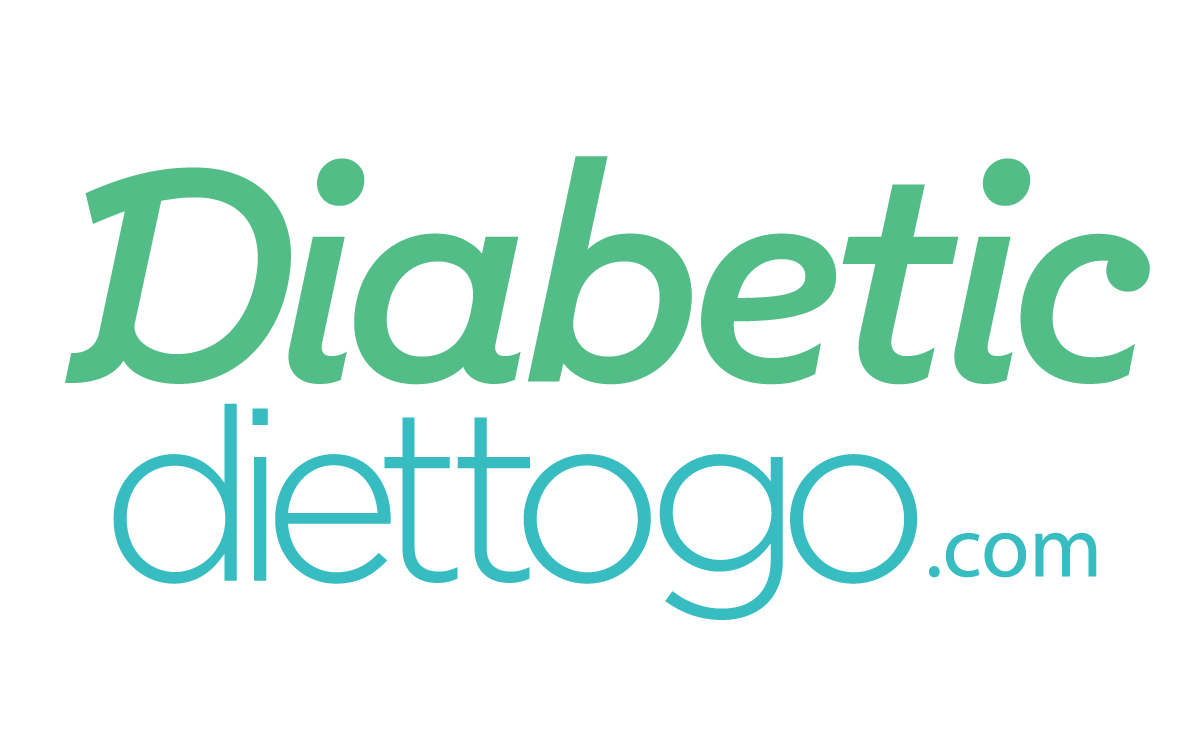A Deep Dive into Intuitive Eating
Jul 24, 2023

Remember when you were a small child, and you ate when you were hungry and stopped when you were full? Even if you faced challenges surrounding eating, such as temptations from sweets or rules about finishing everything on your plate, there truly was a time when your body told you what it wanted to eat and how much — and you listened.
That’s the core message of intuitive eating, a method that dates back to 1995 but has recently gained momentum in mainstream healthy living culture.
In this article, we’ll explore the concept of intuitive eating and provide tips on how to do it. Read on to learn why this approach may be just what you need to fully reach your healthy living potential!
What Is Intuitive Eating?
Intuitive eating is a science-backed method of healthy eating where you learn to tune in to your internal cues to eat when you’re hungry and stop when you’re full. It’s a wholesome approach that involves healing your relationship with food so you can achieve greater levels of physical and mental health.
Is There Science Behind Intuitive Eating?
Yes! Researchers have conducted over 100 studies on this method, finding people who identify as intuitive eaters tend to have lower body mass indexes (BMI) and disordered eating patterns.
What Are the Benefits?
The numerous studies conducted on intuitive eating found a positive association between the method and both physical and mental health that include:
- Lower BMI: body mass index, a standard measurement of weight).
- Lower triglycerides: associated with a lower risk of stroke.
- Lower total cholesterol and LDL: low-density lipoproteins — the “bad” cholesterol that contributes to a higher risk of stroke and heart disease.
- Higher HDL: high-density lipoproteins — the “good” cholesterol that removes other cholesterol from your bloodstream.
- Lower instances of eating disorders.
- Higher instances of a positive body image and self-esteem.
How Do I Practice Intuitive Eating?
Renounce fad dieting. Fad diets have long been a part of American culture. (We wrote a fascinating article exploring the last 100 years of fad dieting here.) Here’s the thing: They rarely work for the long term. That’s because they often involve restricting yourself from foods you love and following rules that aren’t sustainable. Plus, if you restrict yourself too much, your body may not get the nutrients it needs, making it even more impossible to keep doing.
Eat when your body tells you it’s time. Your body knows when you’re hungry and will send you the signals to let you know — whether it’s low energy or a grumbling stomach. The minute you get a cue, choose various foods that make you feel good. Waiting will likely lead you to eat anything handy (healthy or not) and may cause you to consume way more than you should.
Eat mindfully. When you wait to eat, you’ll probably eat fast, and that doesn’t leave you time to enjoy the food. Mindful eating involves slowing down and being present in the moment, allowing you to savor every flavor, smell, and texture. This will also train your mind to pay more attention to your body so you know when you’re full.
Stop eating when you’re satisfied. Use mindful eating to check in with your body as you enjoy your food. Notice your hunger level and the moment you’re full, stop eating.
Opt for foods you like. Rather than depriving yourself of foods you enjoy, focus on eating the foods that deliver on flavor and health needs. Try mixing it up, too! If you eat cereal for breakfast, opt for a salad or fruit to include with lunch. Pay attention to how you feel throughout the day. If you’re sluggish and tired, it may be because you need to choose more nutritious foods. If you’re energetic and sharp, great! Your food choices may have played a role in that!
Tune in to your feelings (and respect them). Emotions like loneliness, sadness, boredom, anxiety, and anger are real. And you may find yourself turning to food to help you fill the void. But eating just because you’re having a bad day isn’t going to solve the problem. Instead, practice mental wellness tactics like journaling, exercising or meditating. If you’re still struggling or it seems to be a constant issue, talk to a professional who can help.
Bottom Line
Intuitive eating removes the need to count calories and fat and asks you to focus on learning how to be in tune with your body.
That can be challenging, especially if you’re unfamiliar with the practice. Diet-to-Go believes in a common sense approach to healthy eating. Our meals are chef-crafted, nutritionally balanced, and controlled for portion size. We aim to help educate you on how to eat right without restricting the things you love. If you need help getting started with intuitive eating, we’ll deliver meals right to your door to take the thinking out of it.
View meal plans here.
------------------------------------------------------------------------------------
Author: Caitlin H
Diet-to-Go Community Manager
Caitlin is the Diet-to-Go community manager and an avid runner. She is passionate about engaging with others online and maintaining a healthy, active lifestyle. She believes moderation is key, and people will have the most weight loss success if they engage in common-sense healthy eating and fitness.










